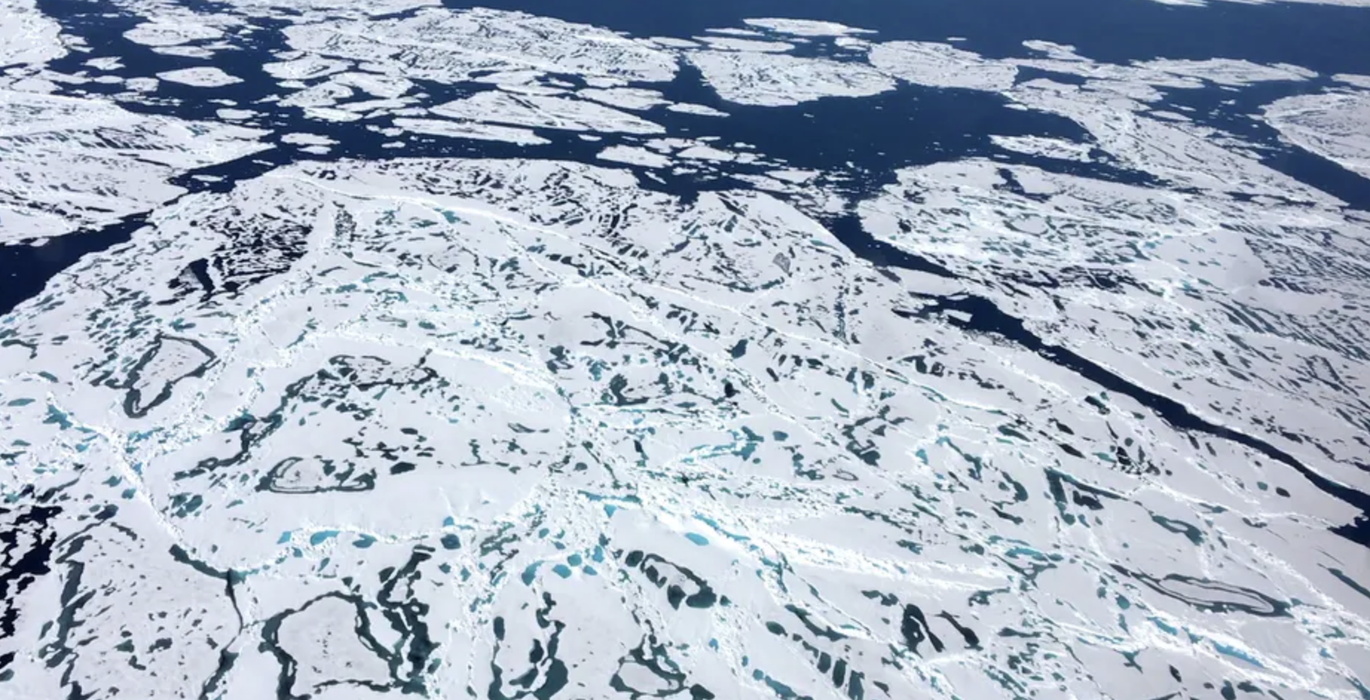
T
To better predict climate change, scientists need accurate models which predict the behavior of many natural processes. One of these is the melting of arctic sea ice, which requires expensive and difficult data collection in the Arctic.
Physicist Ivan Sudakov at the University of Dayton and his colleagues have developed a new method to understand the growth of small ponds on sea ice. They developed a model which borrows ideas from the 100-year-old Ising model that simulates the behavior of ferromagnetic materials.
This video shows how these small ponds form on the ice, and how the model can be used to understand the process more efficiently.





